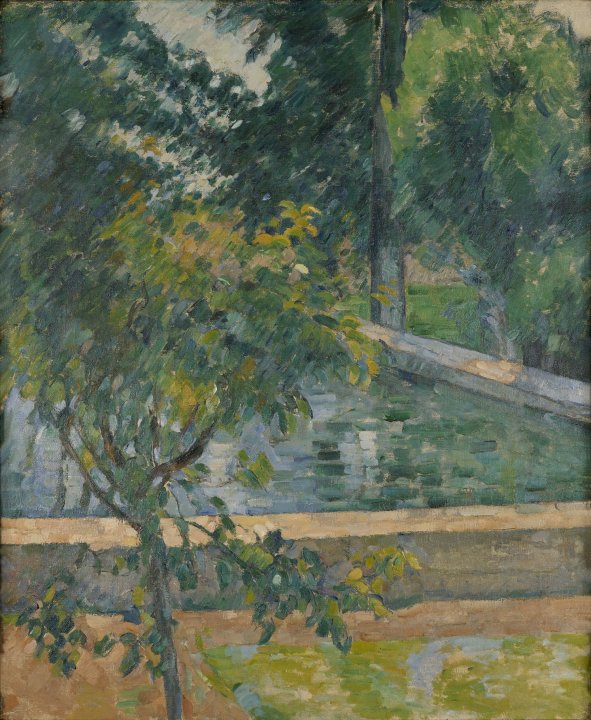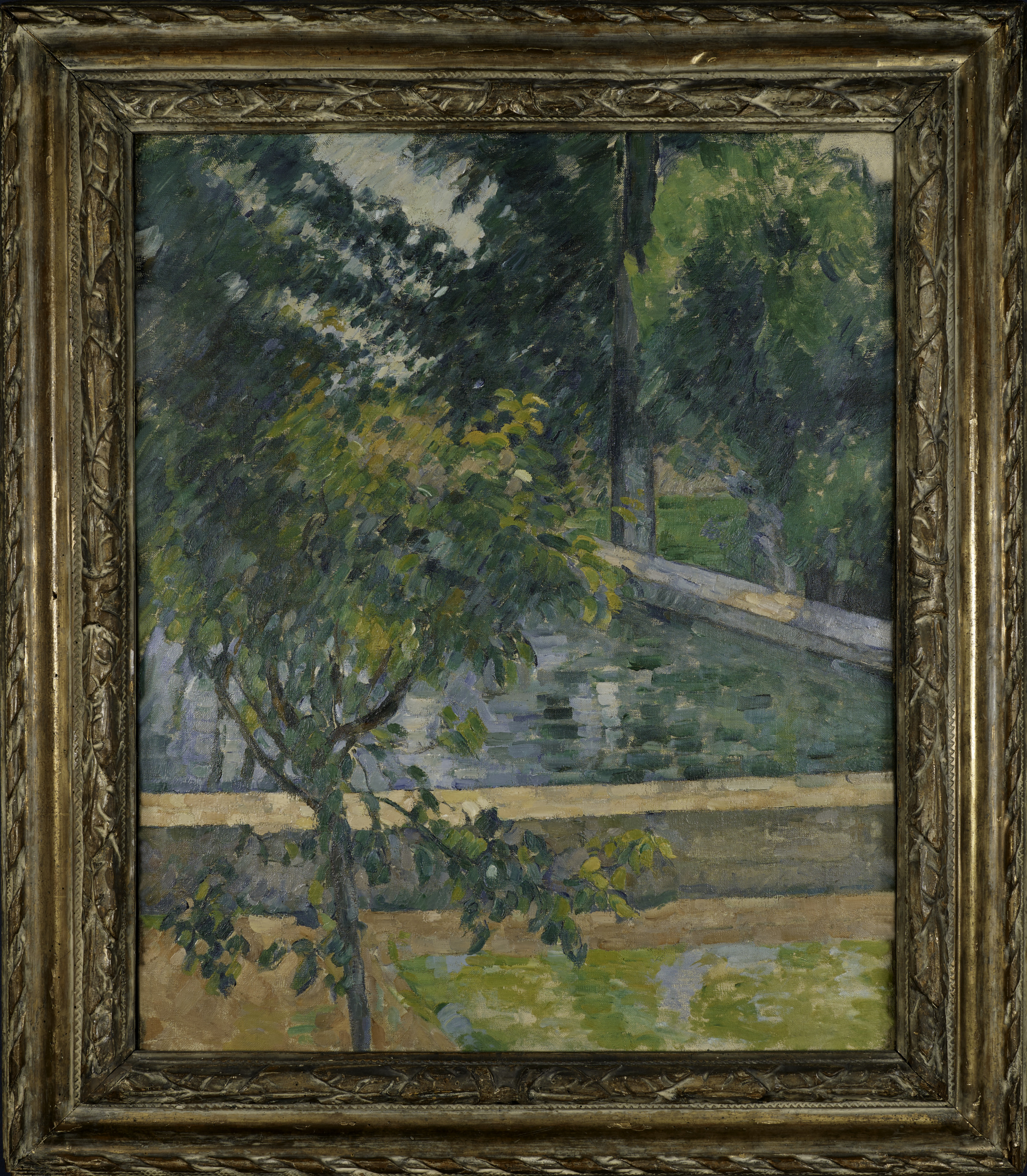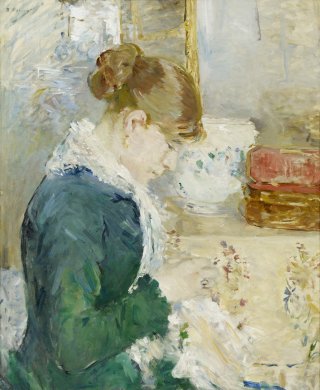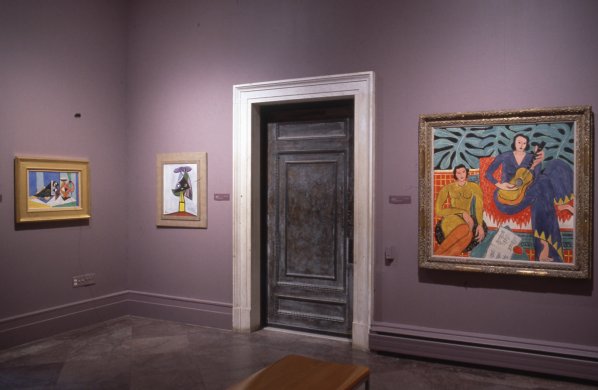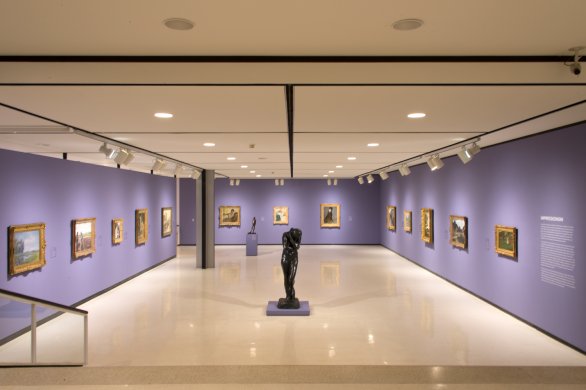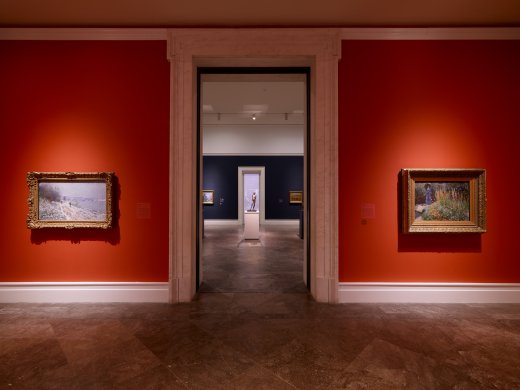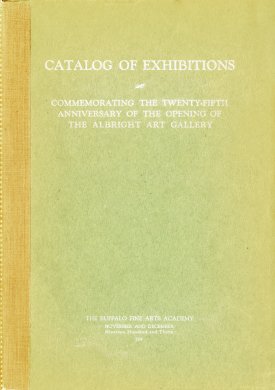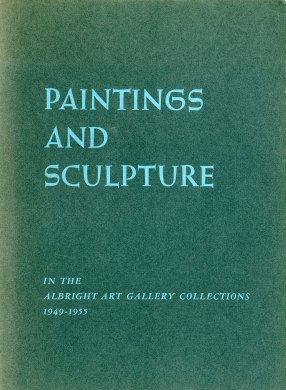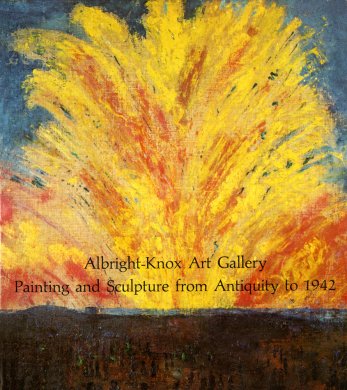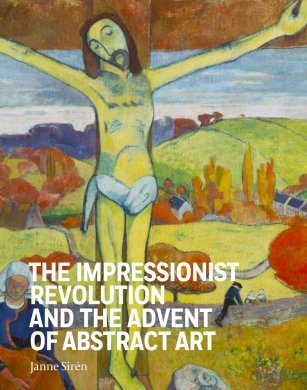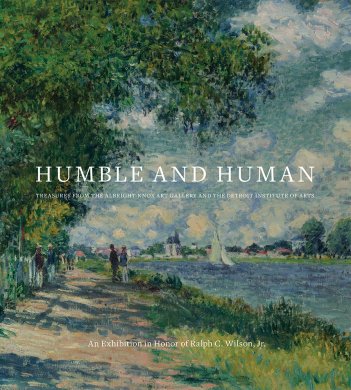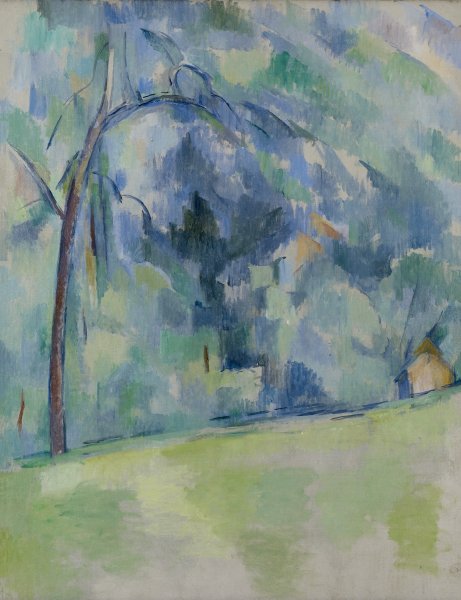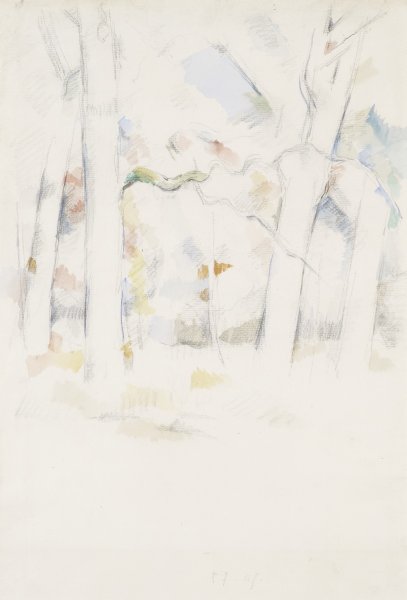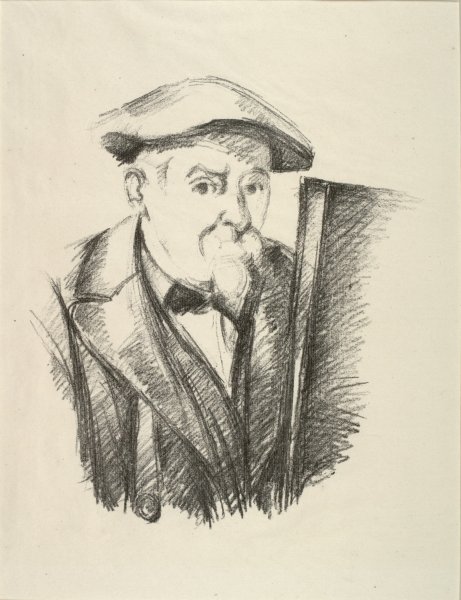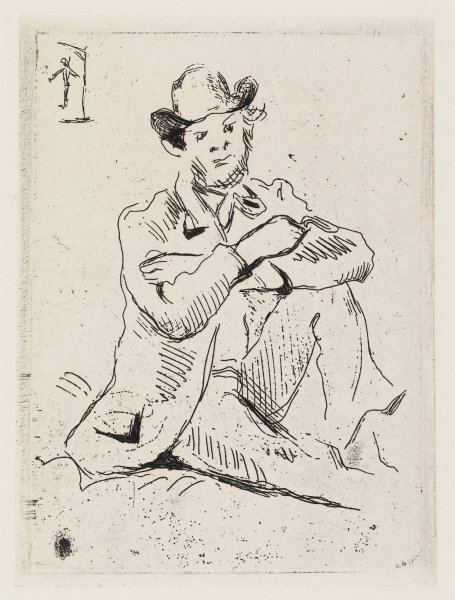Paul Cézanne
French, 1839-1906
Le Bassin du Jas de Bouffan (The Pool at Jas de Bouffan), ca. 1878-1879
Artwork Details
Collection Highlight
Materials
oil on canvas
Measurements
support: 29 x 23 3/4 inches (73.66 x 60.32 cm); framed: 36 1/2 x 31 5/8 x 3 1/2 inches (92.71 x 80.33 x 8.89 cm)
Collection Buffalo AKG Art Museum
Credit
Fellows for Life Fund, 1927
Accession ID
1927:17
The late 1870s were a period of transition for Paul Cézanne. The Pool at Jas de Bouffan foreshadows painterly concepts he would explore extensively later in his career, including cropped motifs, dense composition, and orderly brushstrokes. Cézanne created this work after he became dissatisfied with Impressionist painting’s focus on momentary and transitory perceptions. In 1877, following a grievous reception of his art at the third Impressionist exhibition, he retreated to the countryside and worked in isolation. He claimed to want "to do Poussin over again from Nature" and laboriously strove to find his own pictorial language. Jas de Bouffan, which means “Place of High Winds,” is a country estate northwest of Aix-en-Provence. Cézanne's father purchased the property, which included an eighteenth-century house surrounded by a park and farm.
